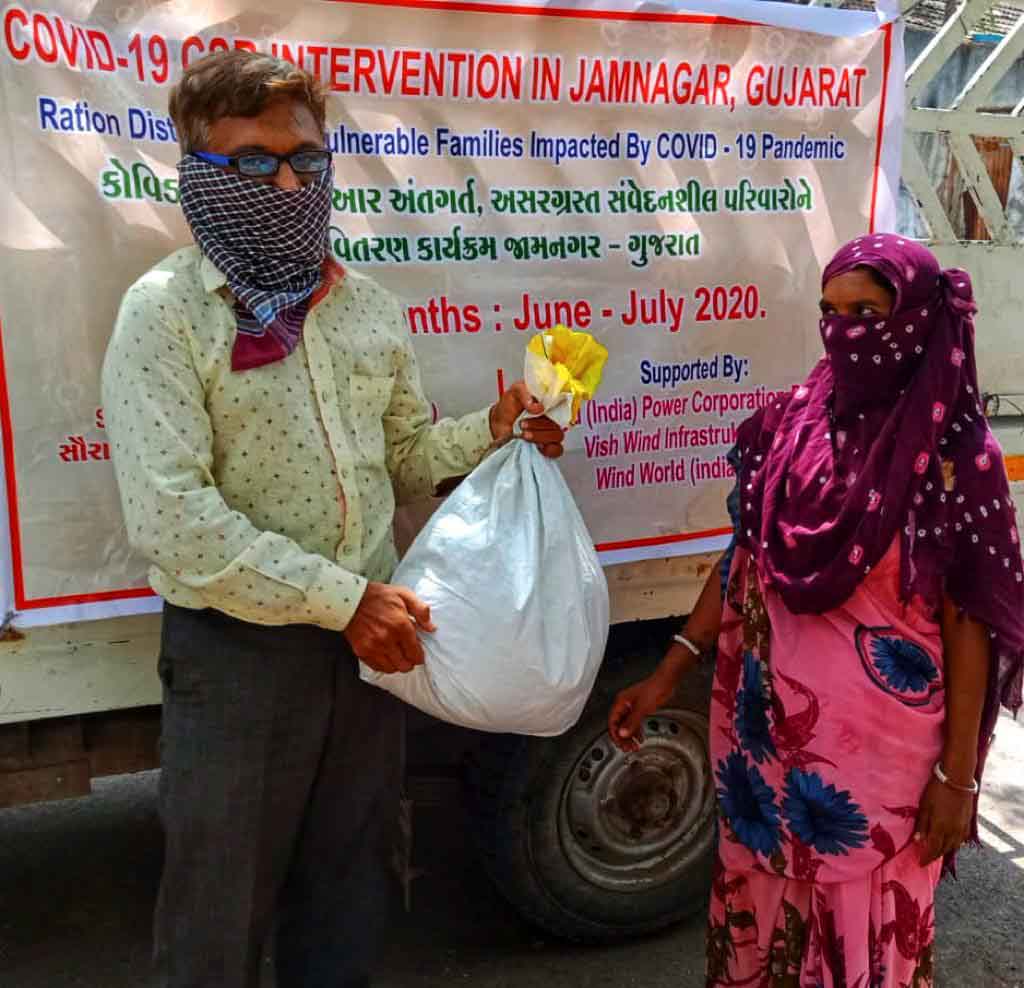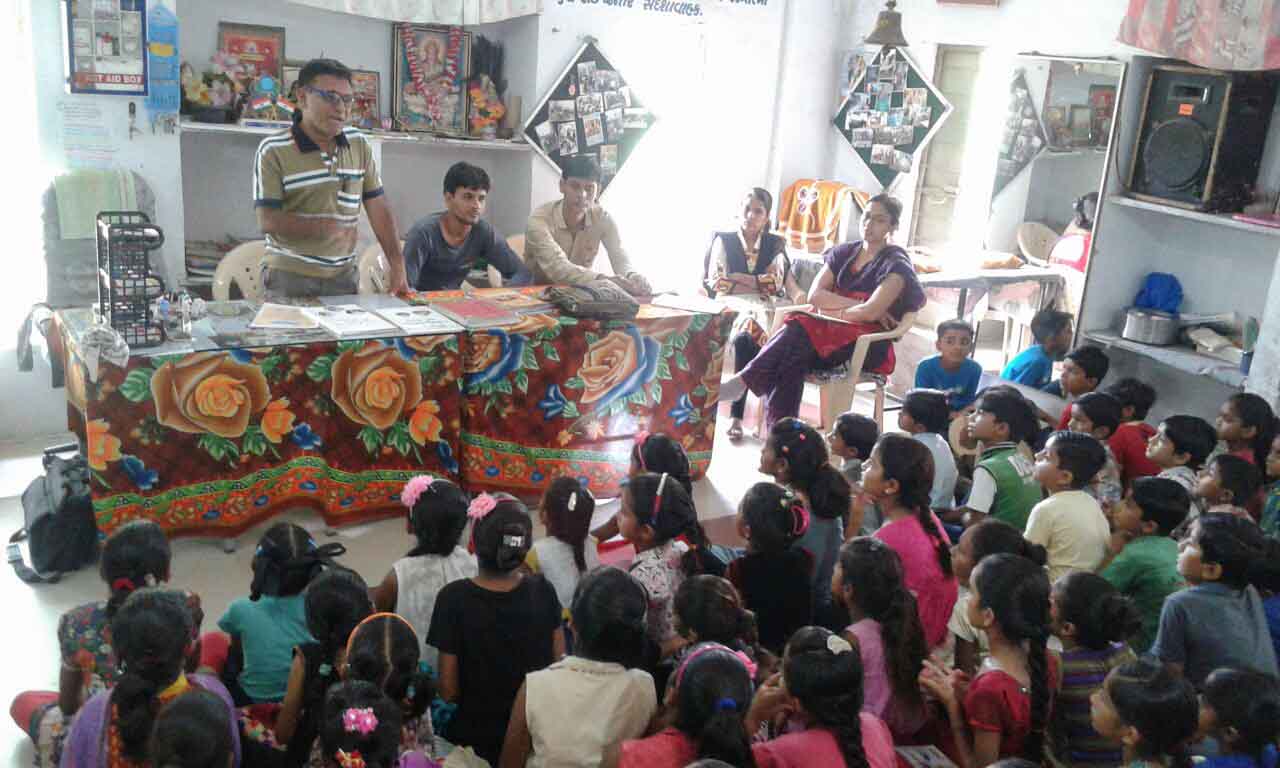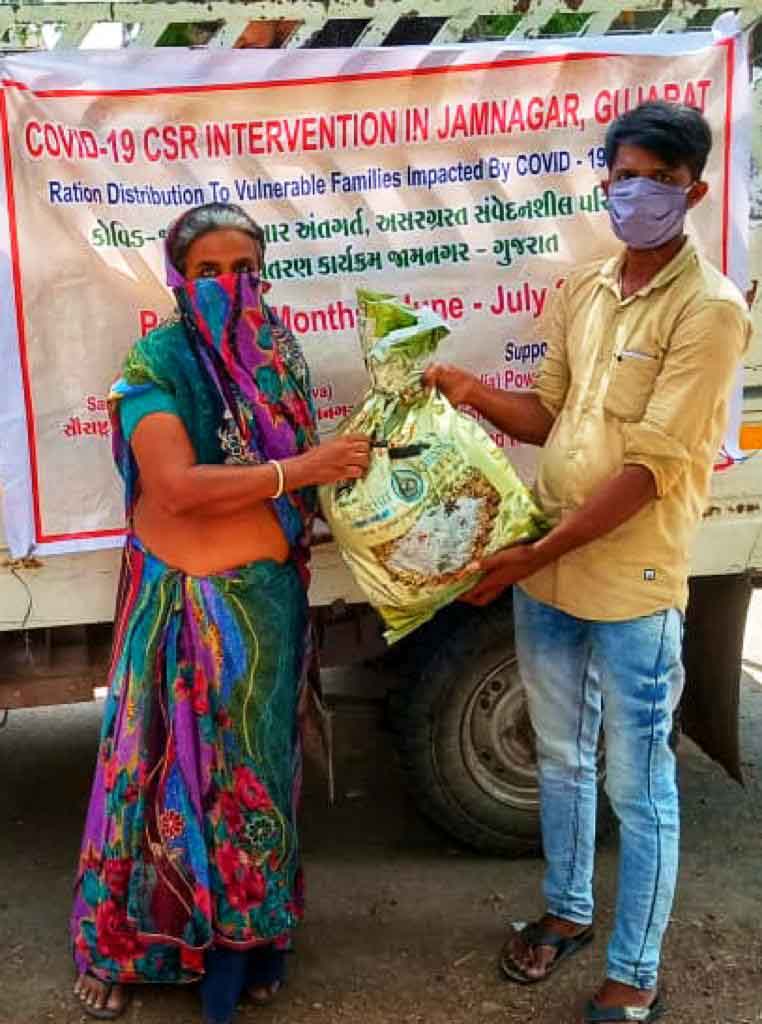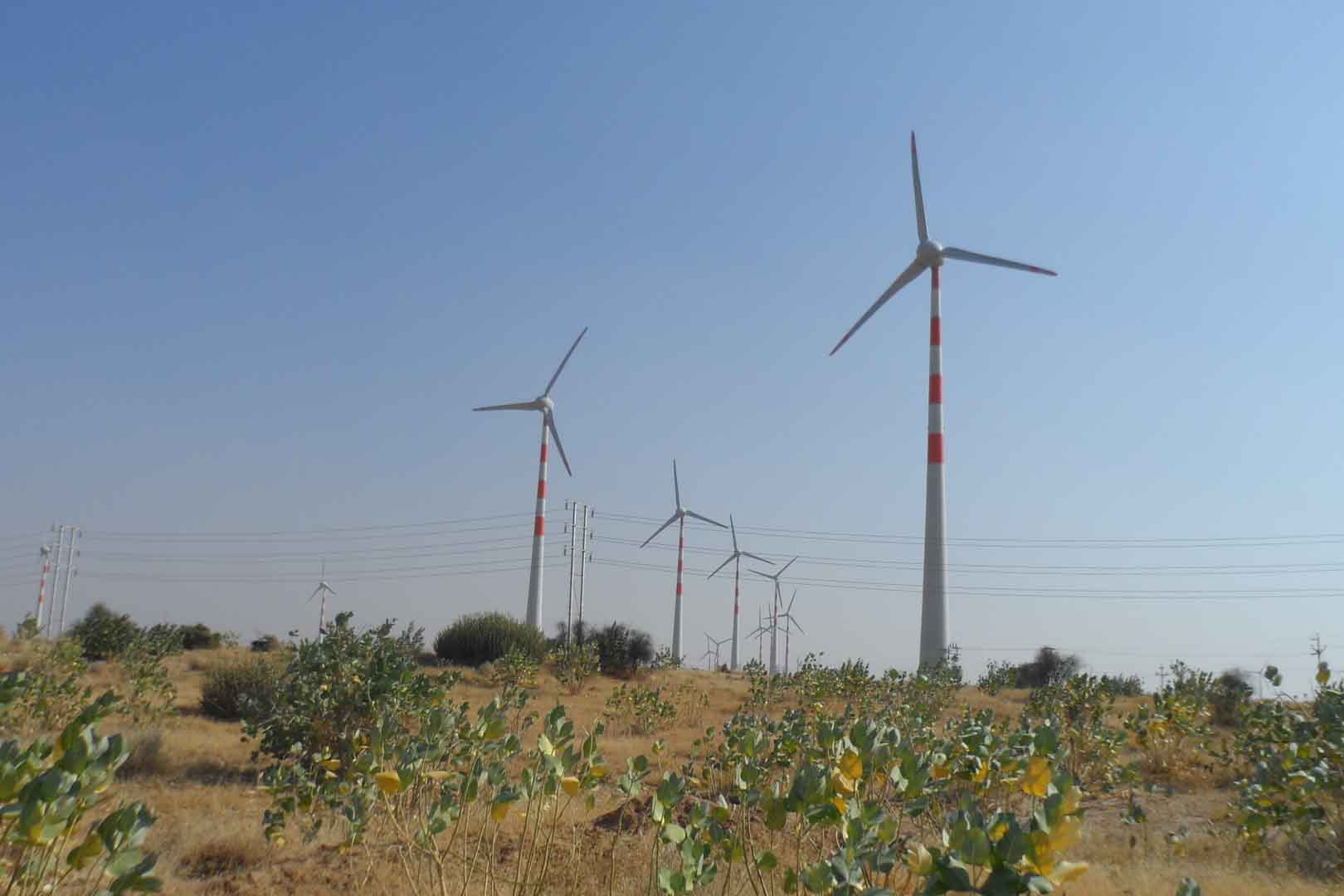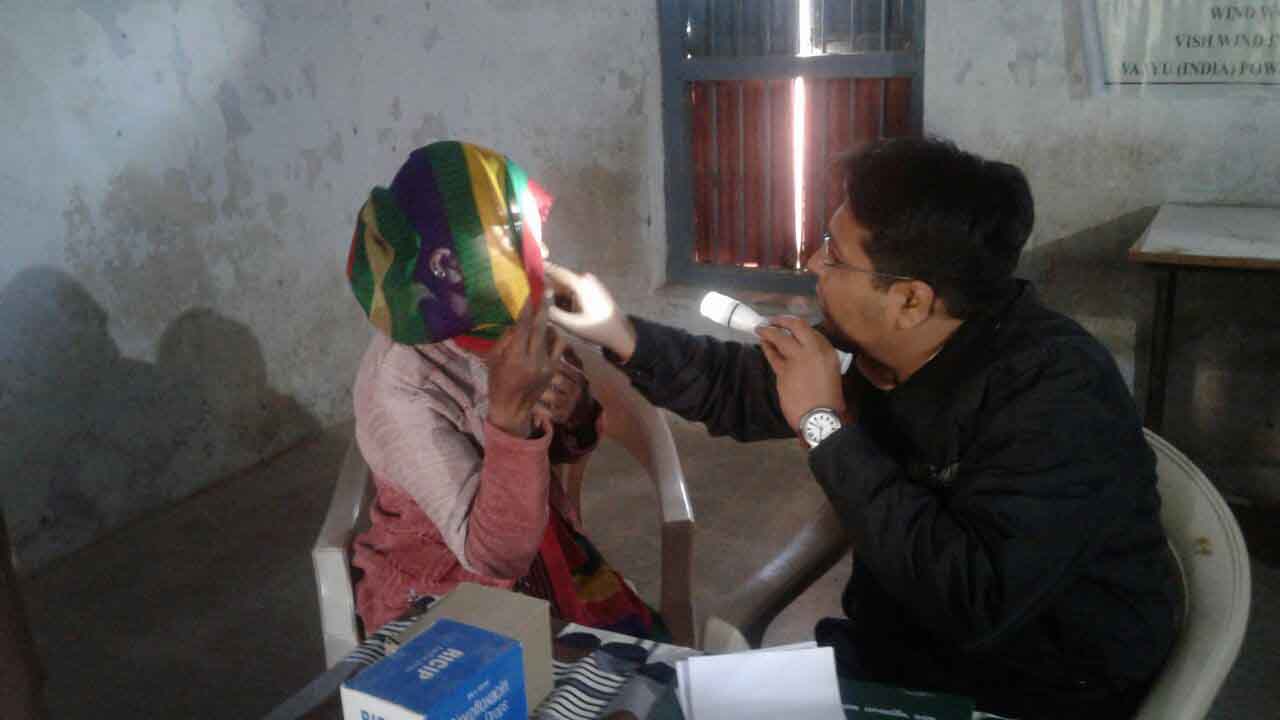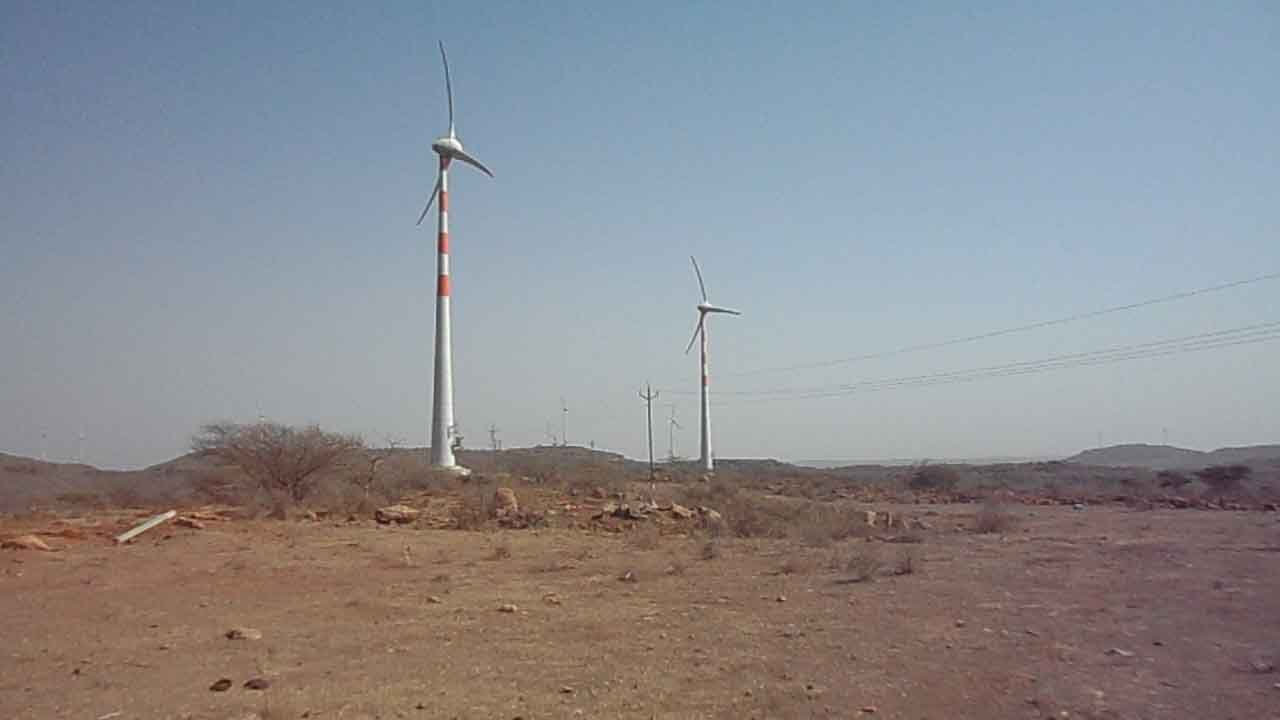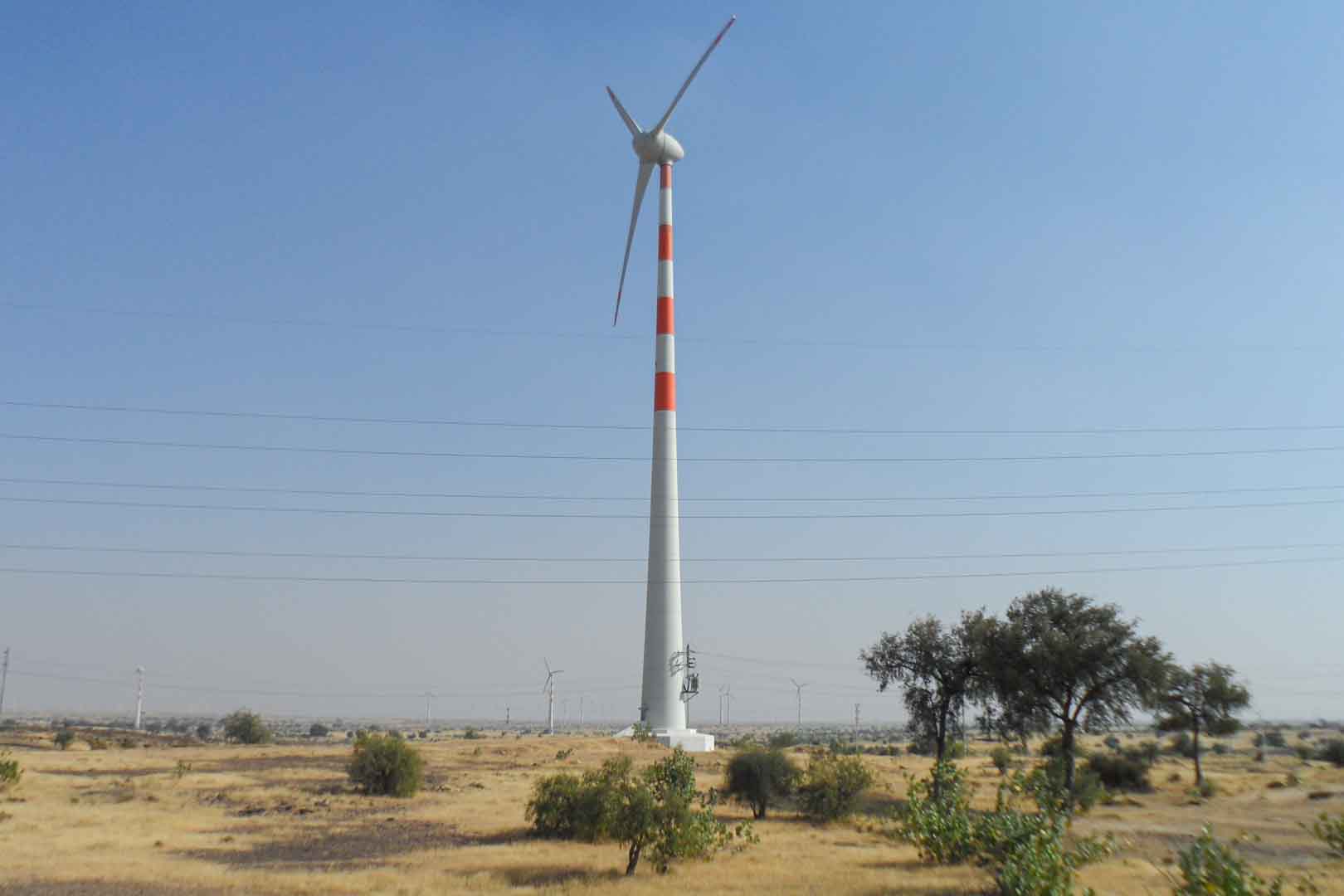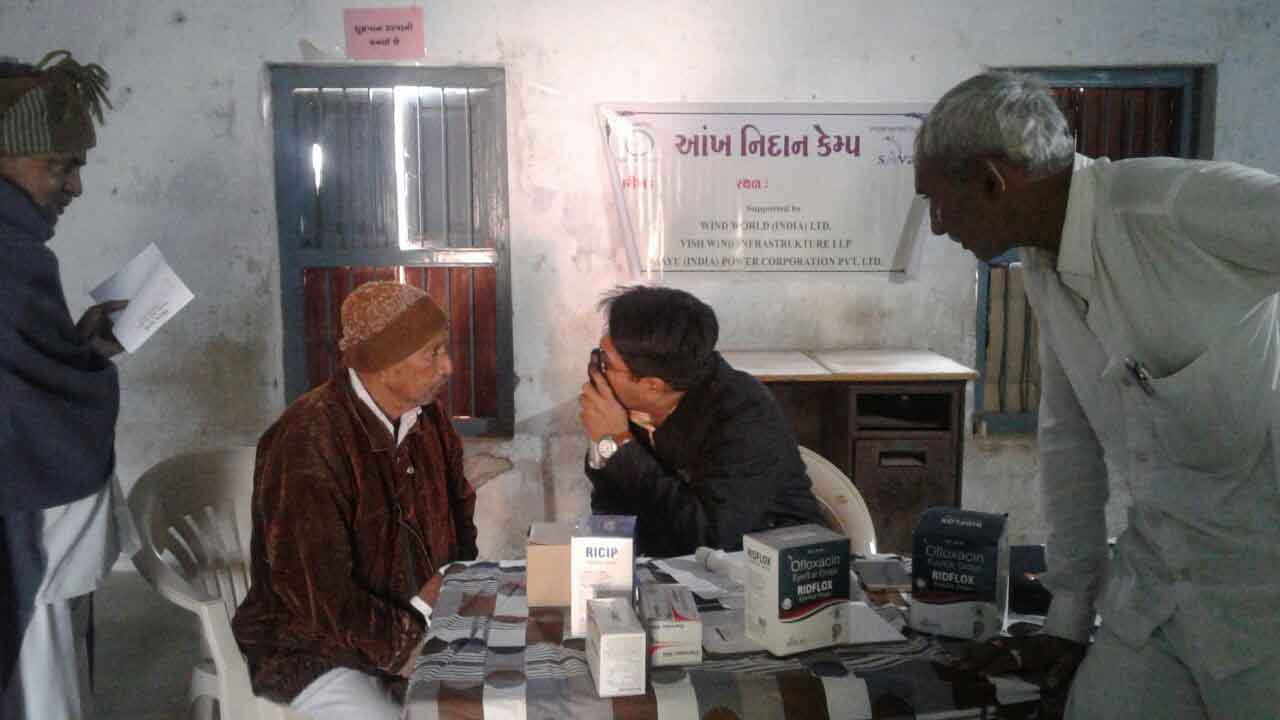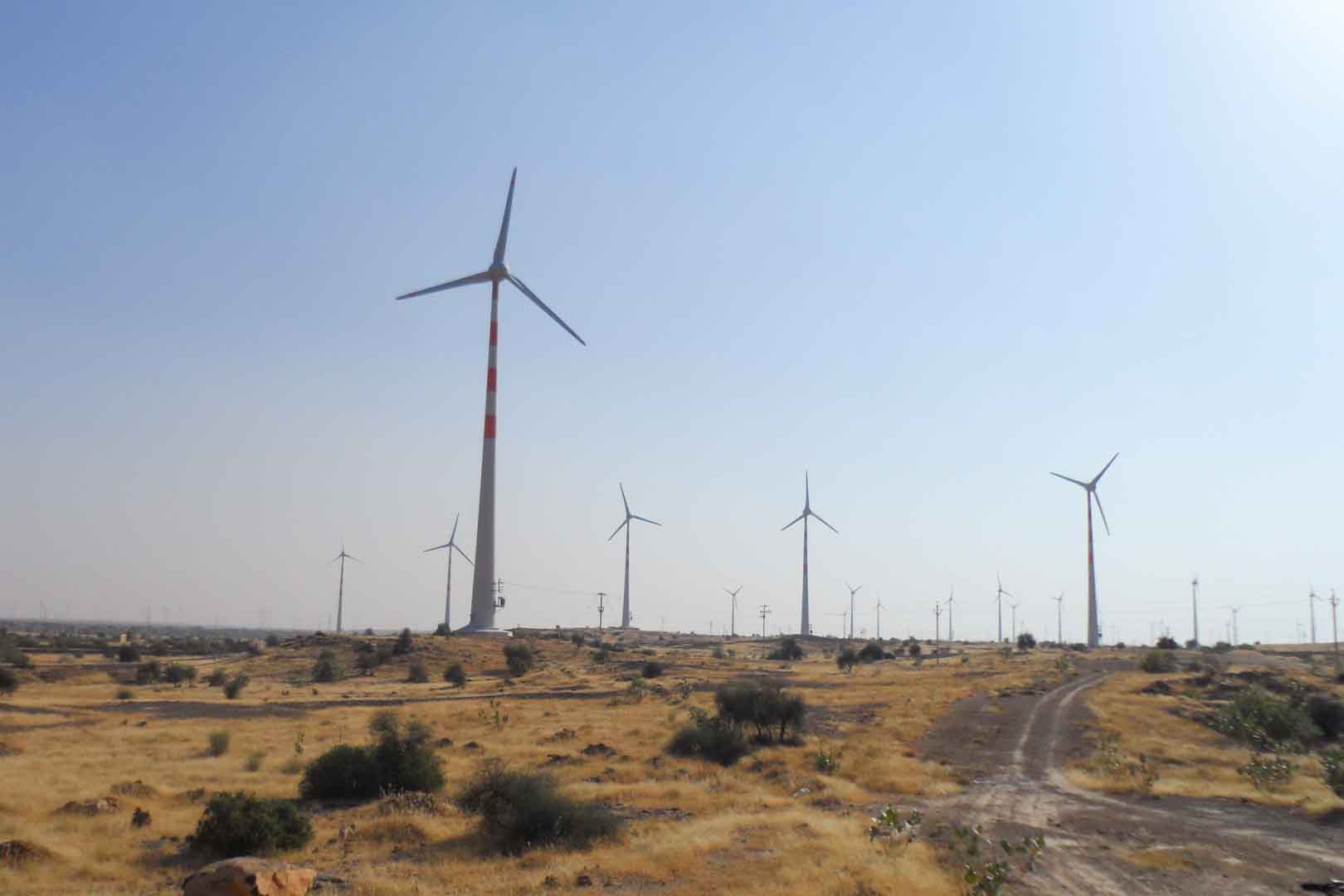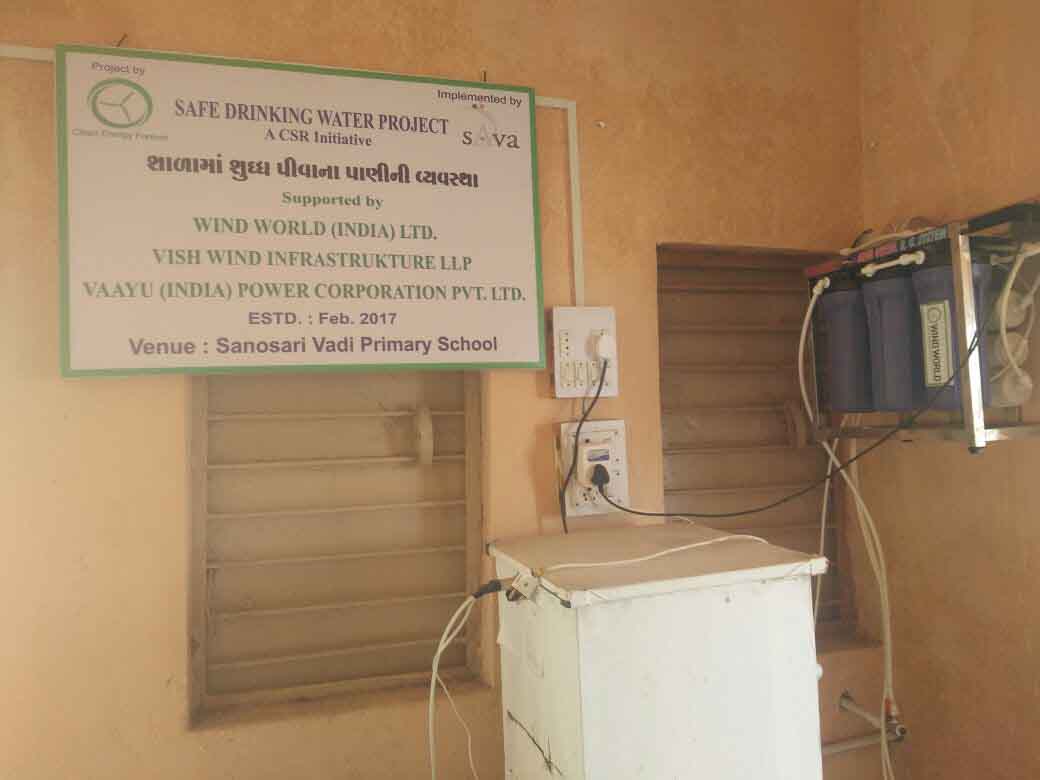The power of wind accelerates economic growth in India
Rajakot district in India, where Mahatma Gandhi spent part of his childhood, is home to this wind power project which positively impacts living conditions in several local villages. Nearby, Jamnagar is the largest city on the west coast of India and has a population heavily reliant on fossil fuel generated electricity. The project has helped to abate this issue through the installation of 64 wind turbines of 800 kW each and supplying a total of 51.2 MW to the Indian power grid.
People all over the world have always used the power of wind - consider sailing as a mode of transportation or windmills. The conversion of this abundant, emission-free energy to electricity, plays a leading role in the global transition to clean energy sources, while supporting economic growth, securing access to energy, reducing emissions and creating jobs in this highly populated region.

As the name suggests, wind turbines use the power of the wind to generate energy. During this process, a generator located inside the wind turbine converts kinetic energy into electrical energy. As energy is still mainly generated from fossil fuels in many areas around the world, clean wind energy can replace some of this fossil, high-emission energy and verifiably save CO2 emissions.
In most cases, the sustainably generated electricity from the wind power projects is fed into a regional power grid, which diversifies the power supply and improves energy security in regions that are frequently affected by power shortages and outages. A project often creates increased job opportunities for the local population and the area can be used for additional activities, such as agriculture. Wind power projects make an important contribution to a clean energy supply worldwide and contribute to sustainable development with respect to the UN Sustainable Development Goals (SDGs). Wind energy projects in the ClimatePartner portfolio are registered with international standards.
Explore our projects
Biochar for Climate Action, Healthy Soils, and Better Harvests

A certified climate project combined with additional commitment

Expansion of renewable energy generation in Asia
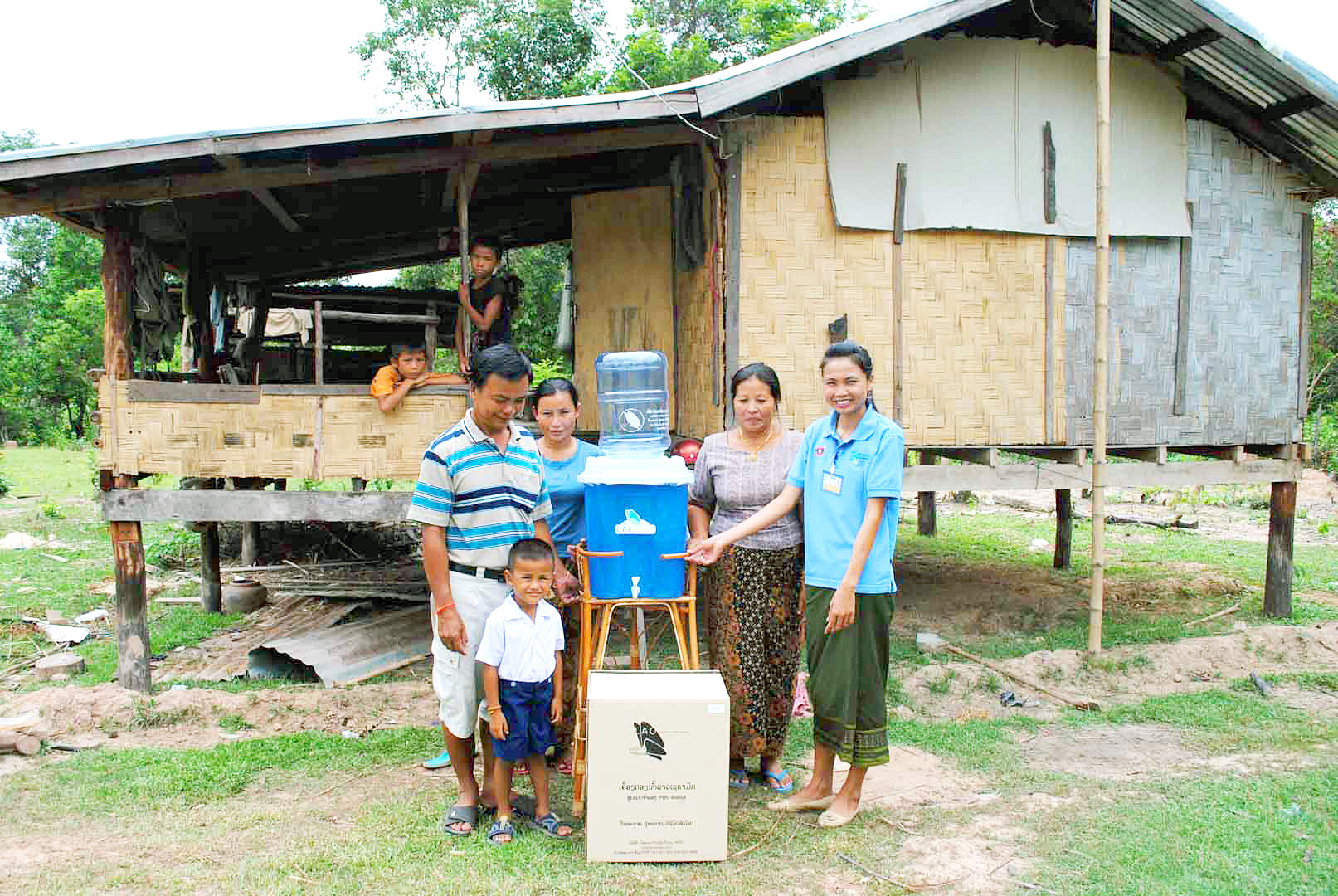
Ceramic water filters save CO2 and improve health
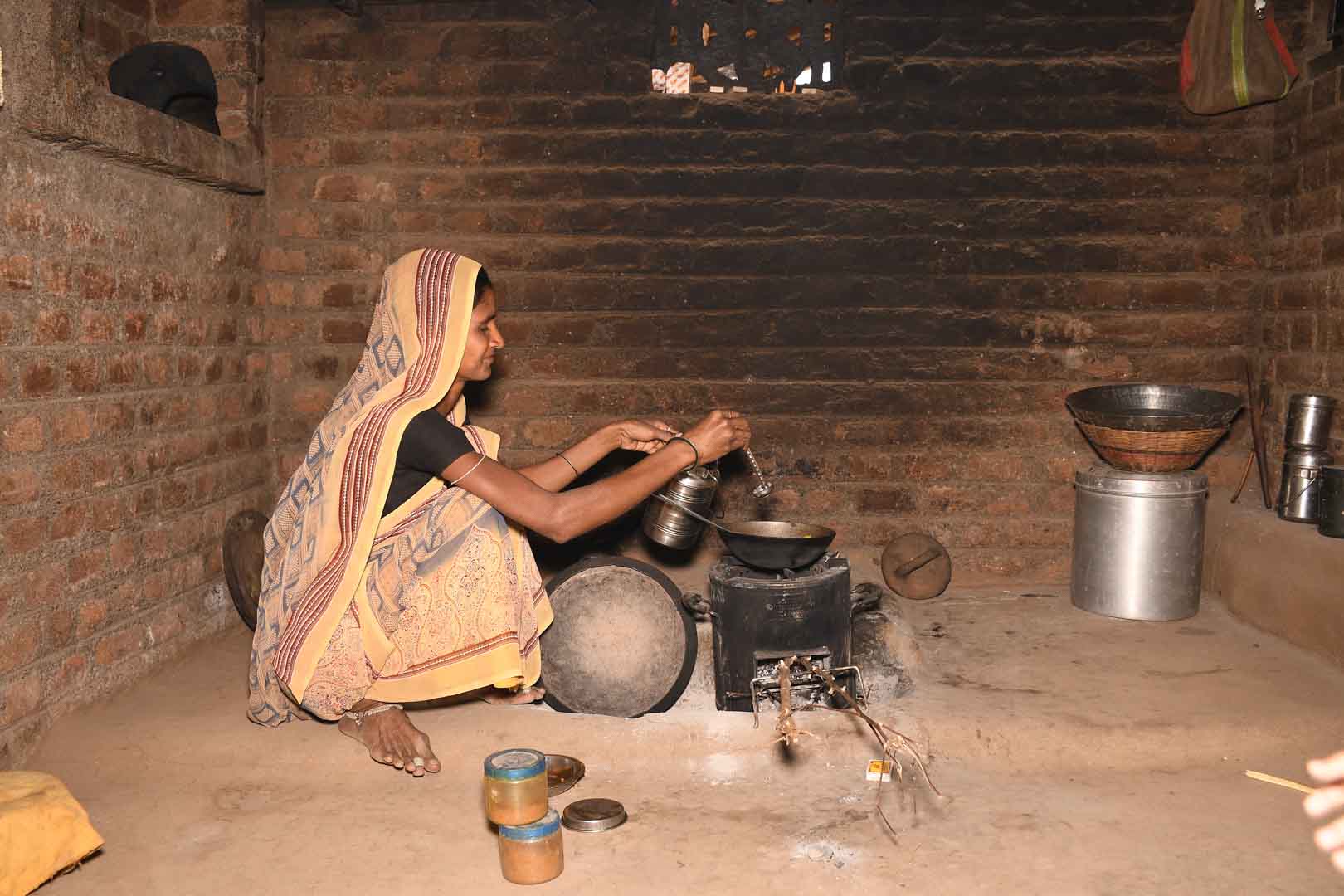
Improved cookstoves worldwide – for better health and cleaner air

A certified climate project combined with additional commitment
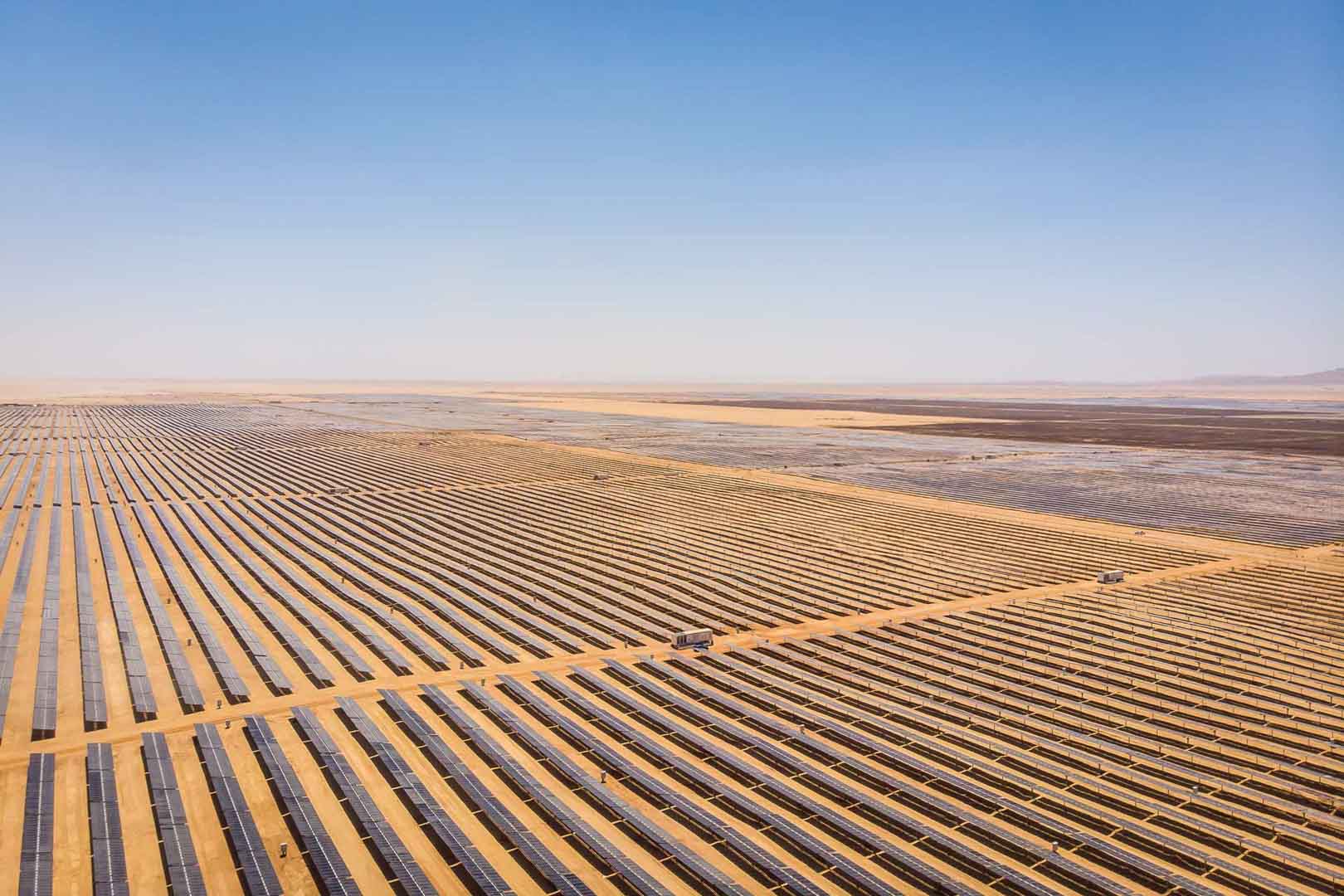
Powering access to renewable energy in Africa
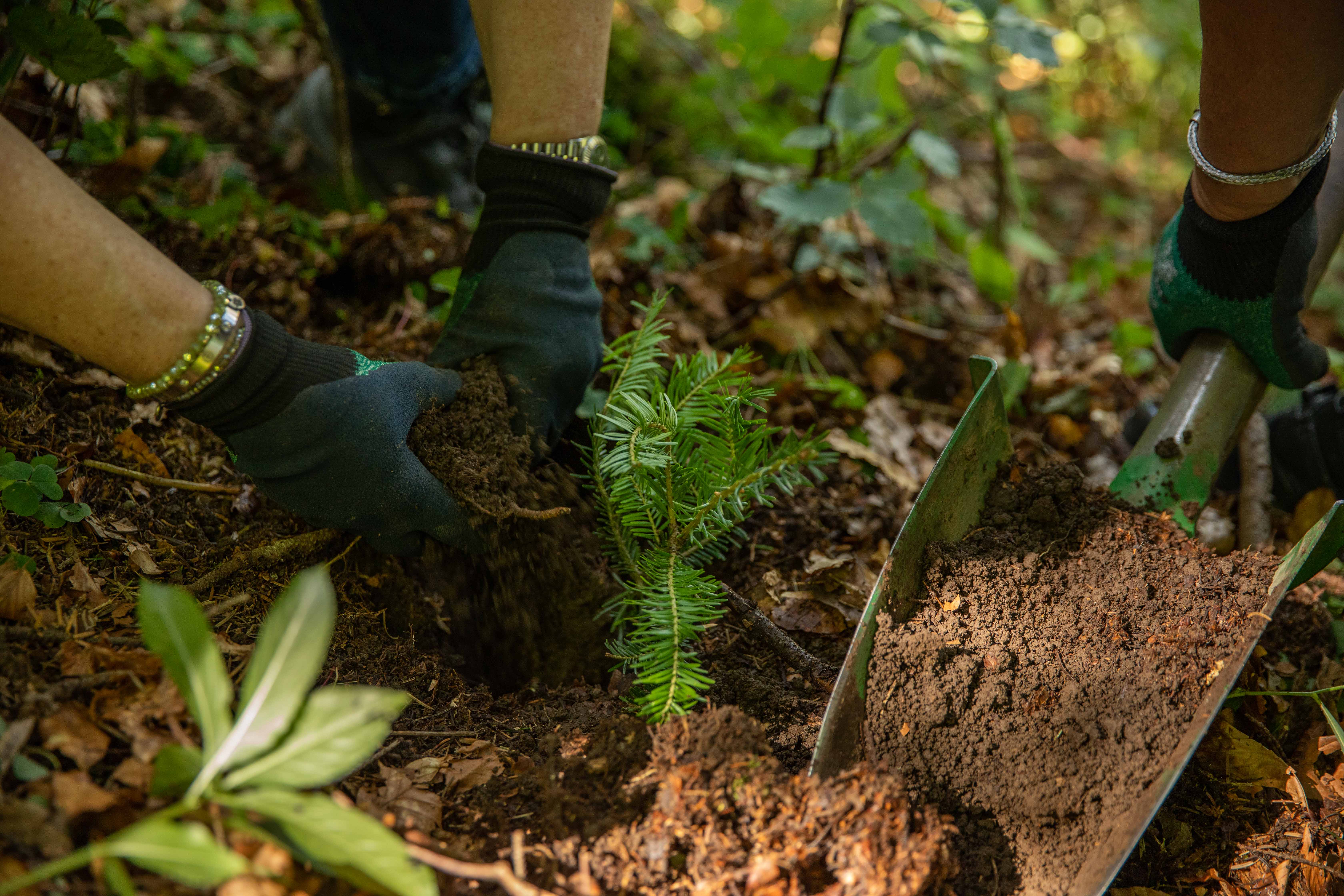
A certified climate project combined with additional commitment
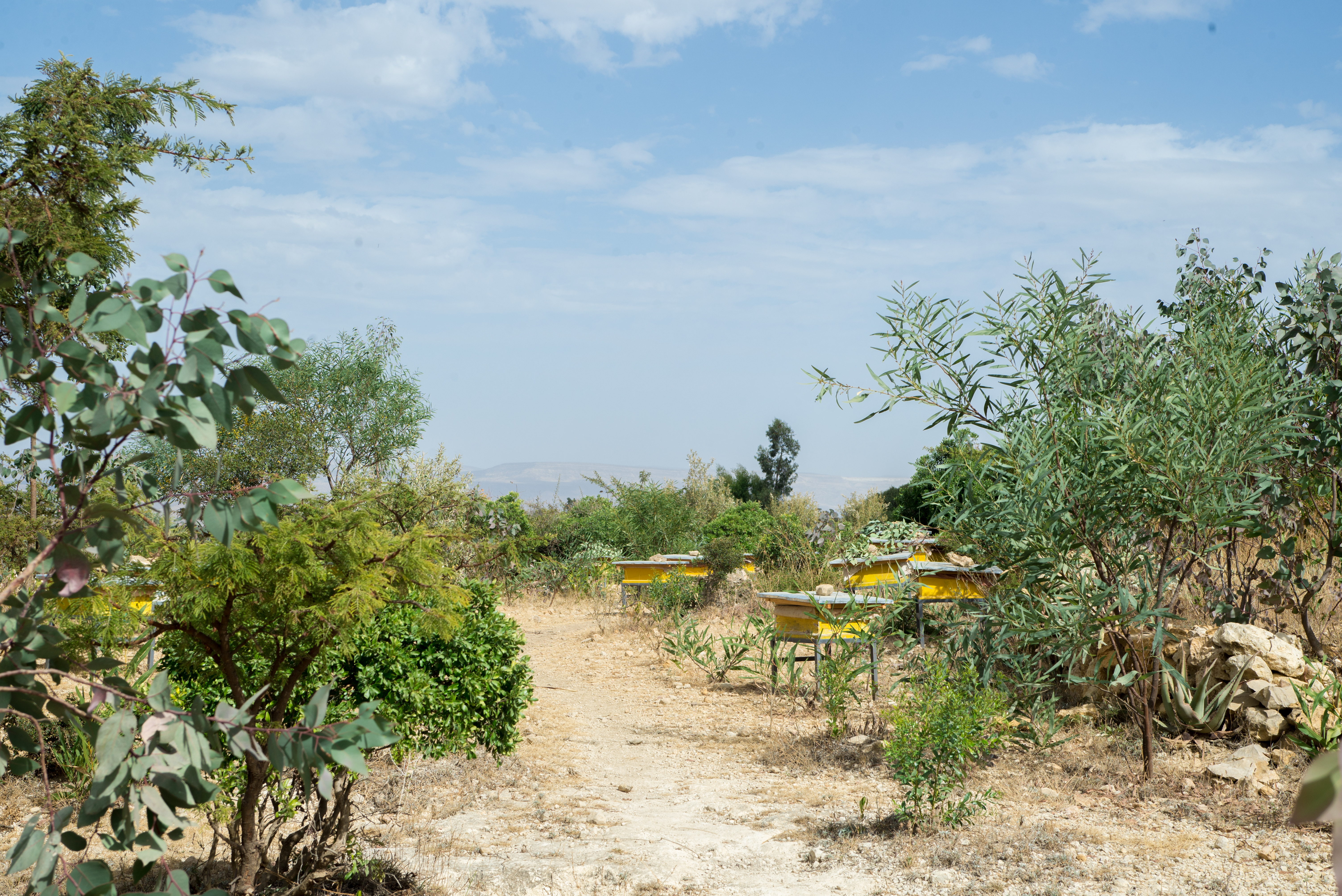
Restored ecosystems remove carbon
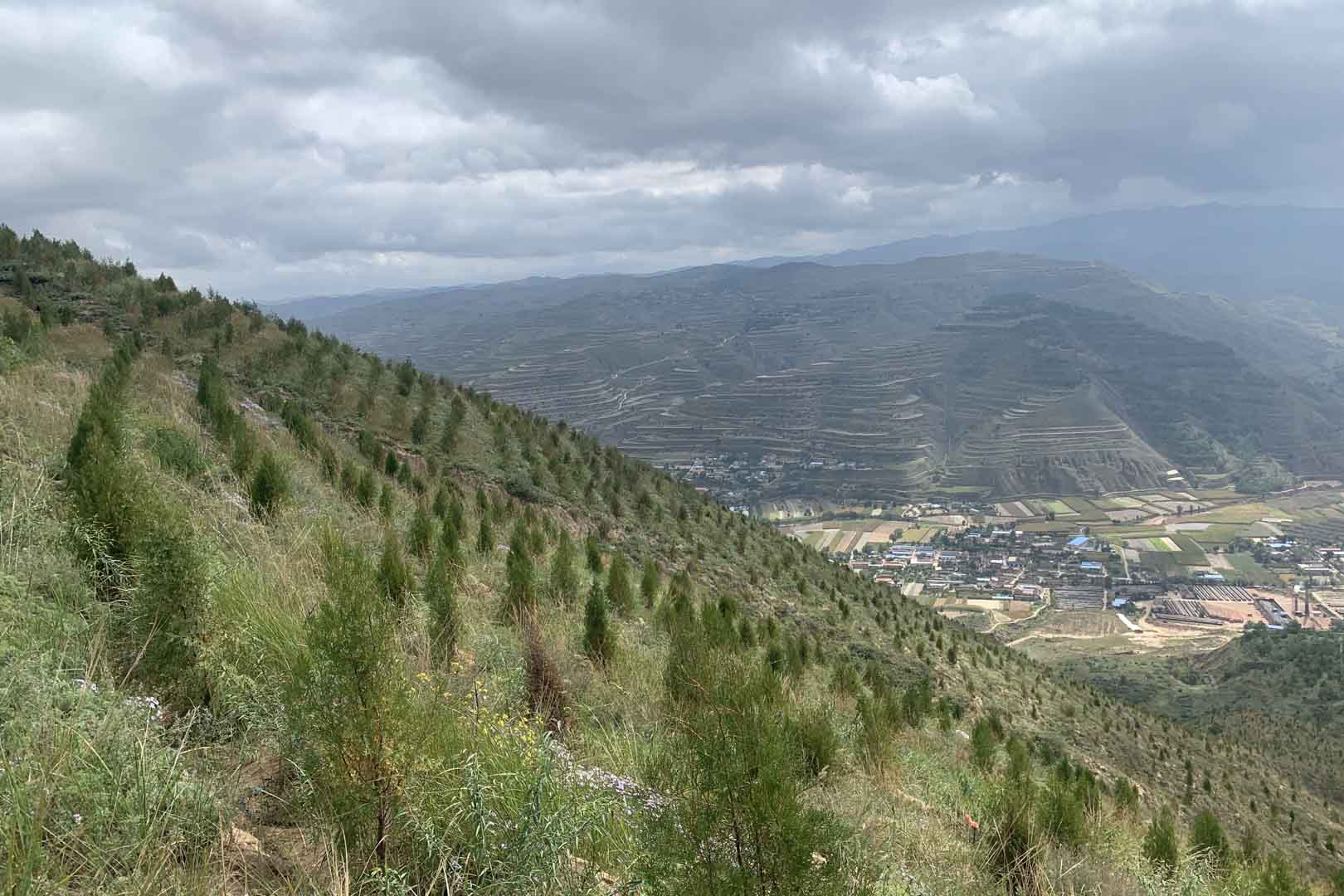
Turning degraded farmlands into healthy ecosystems
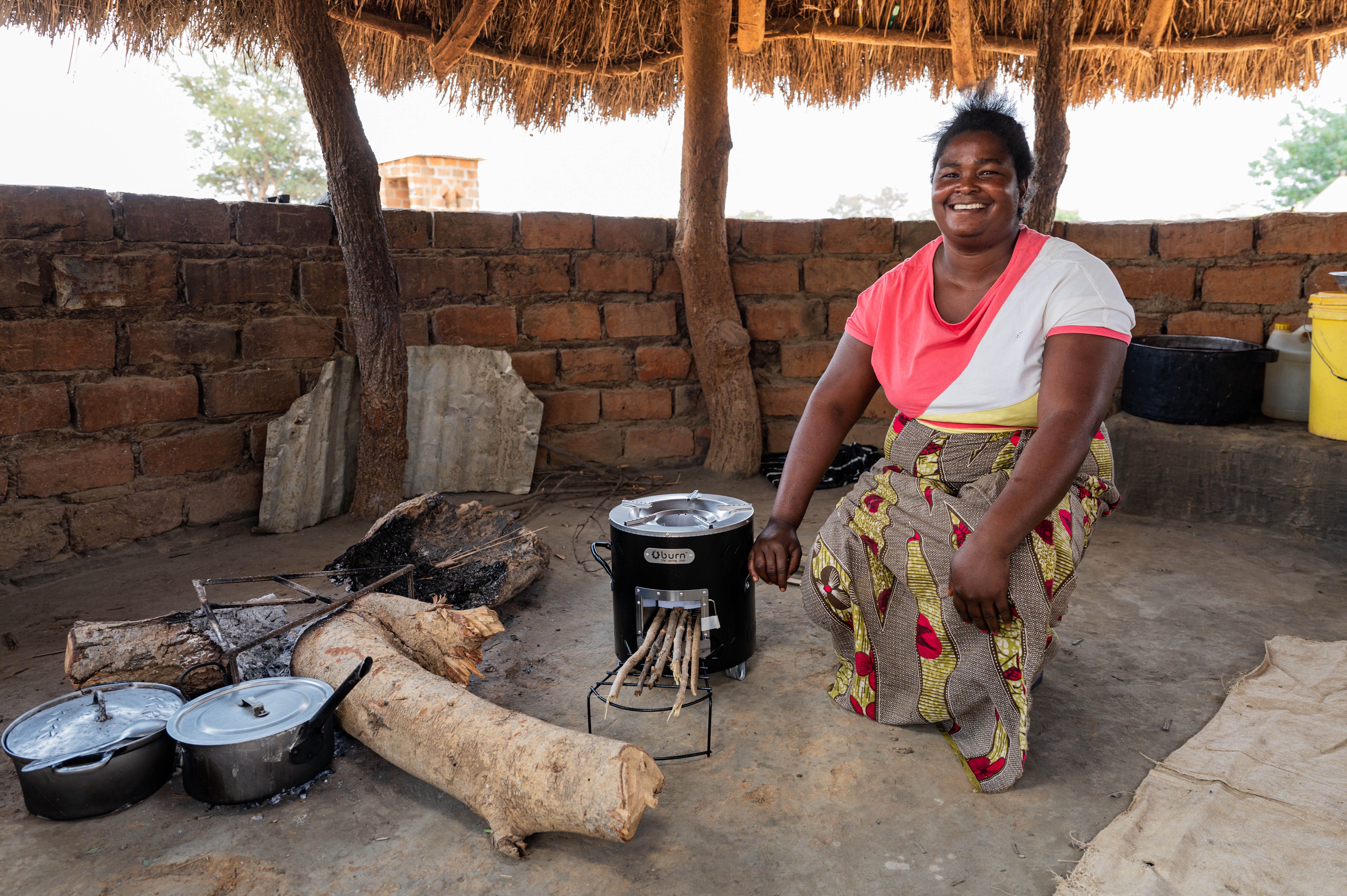
Improved cookstoves - better for health and the environment
